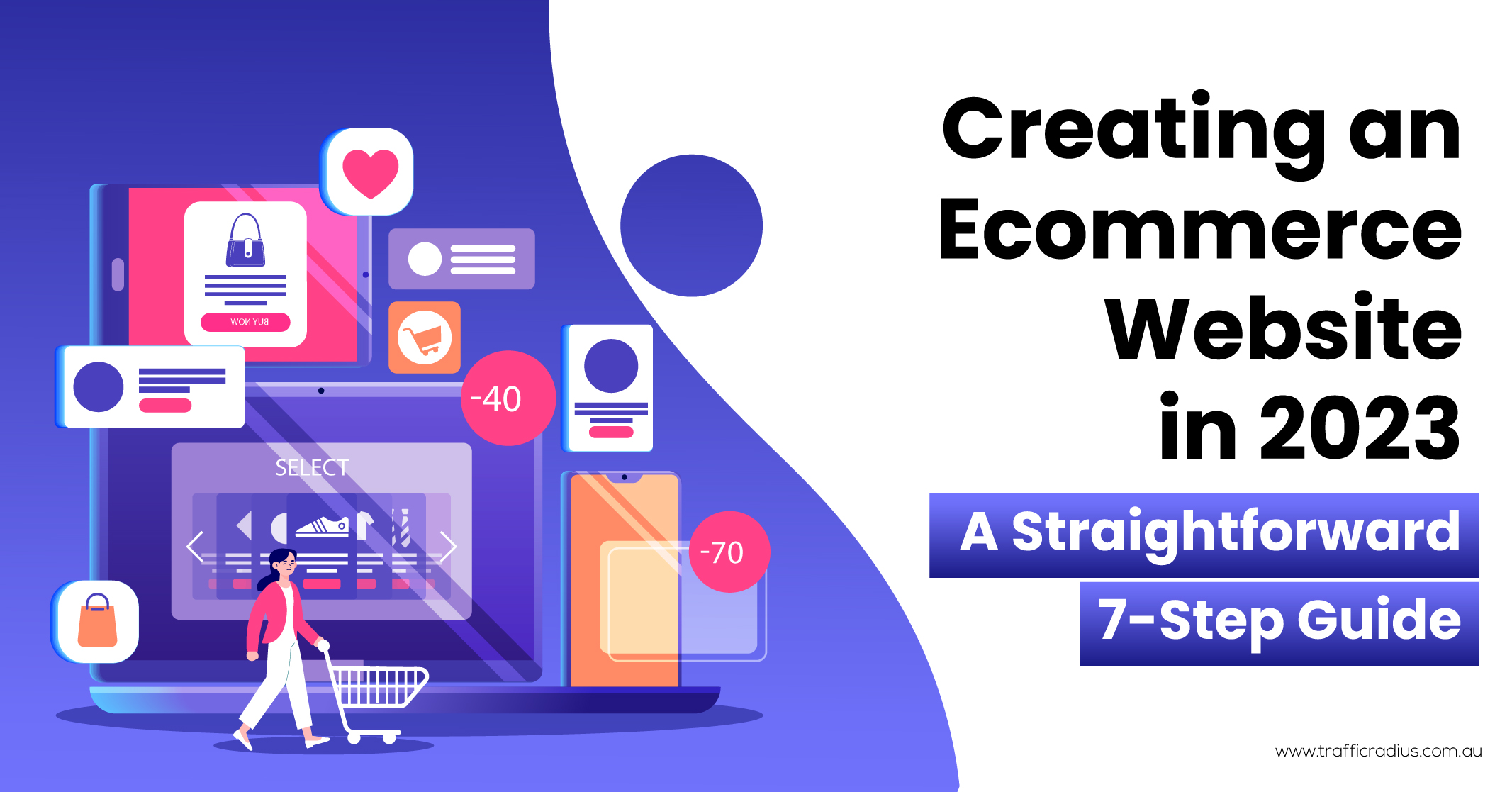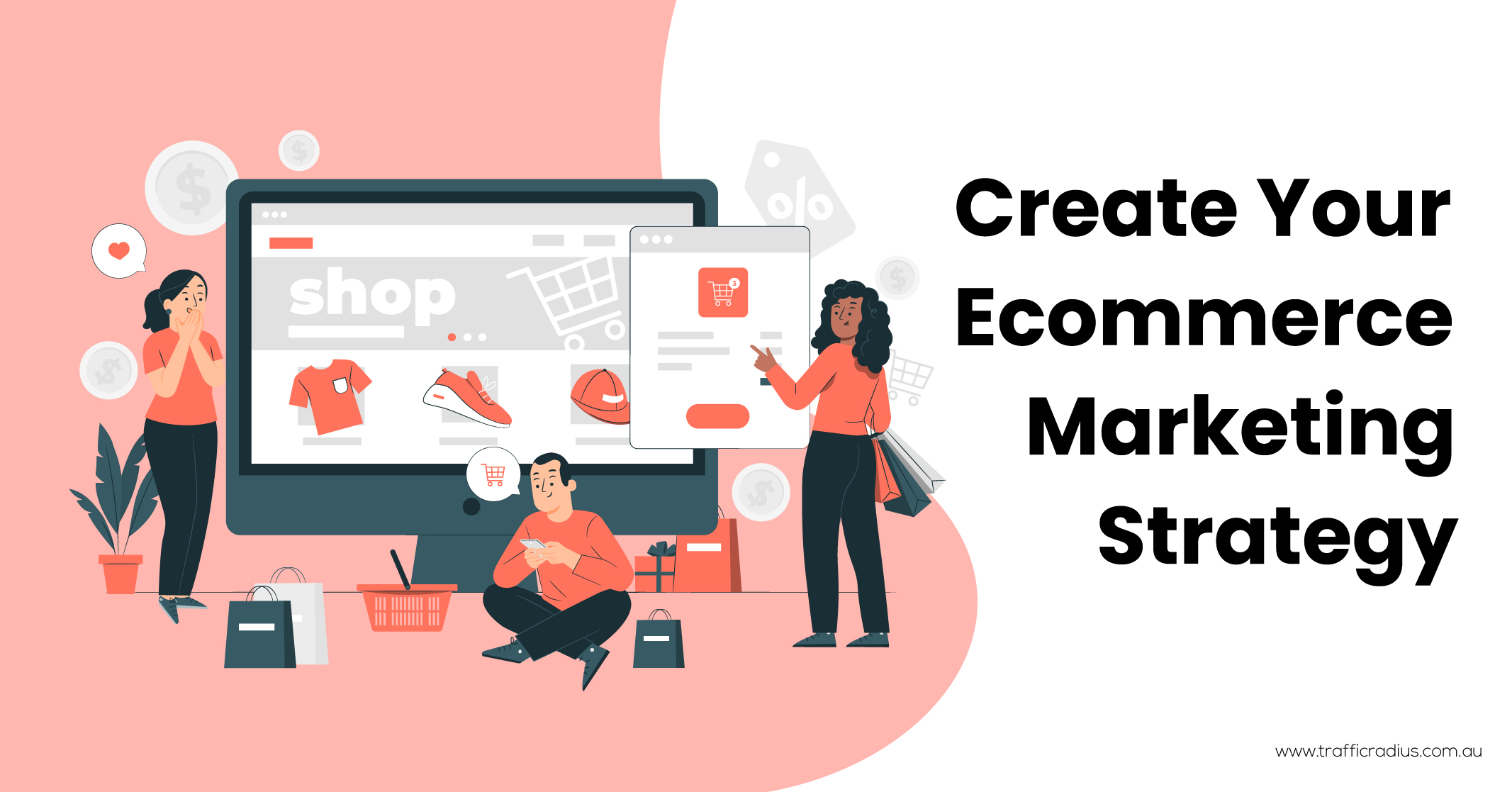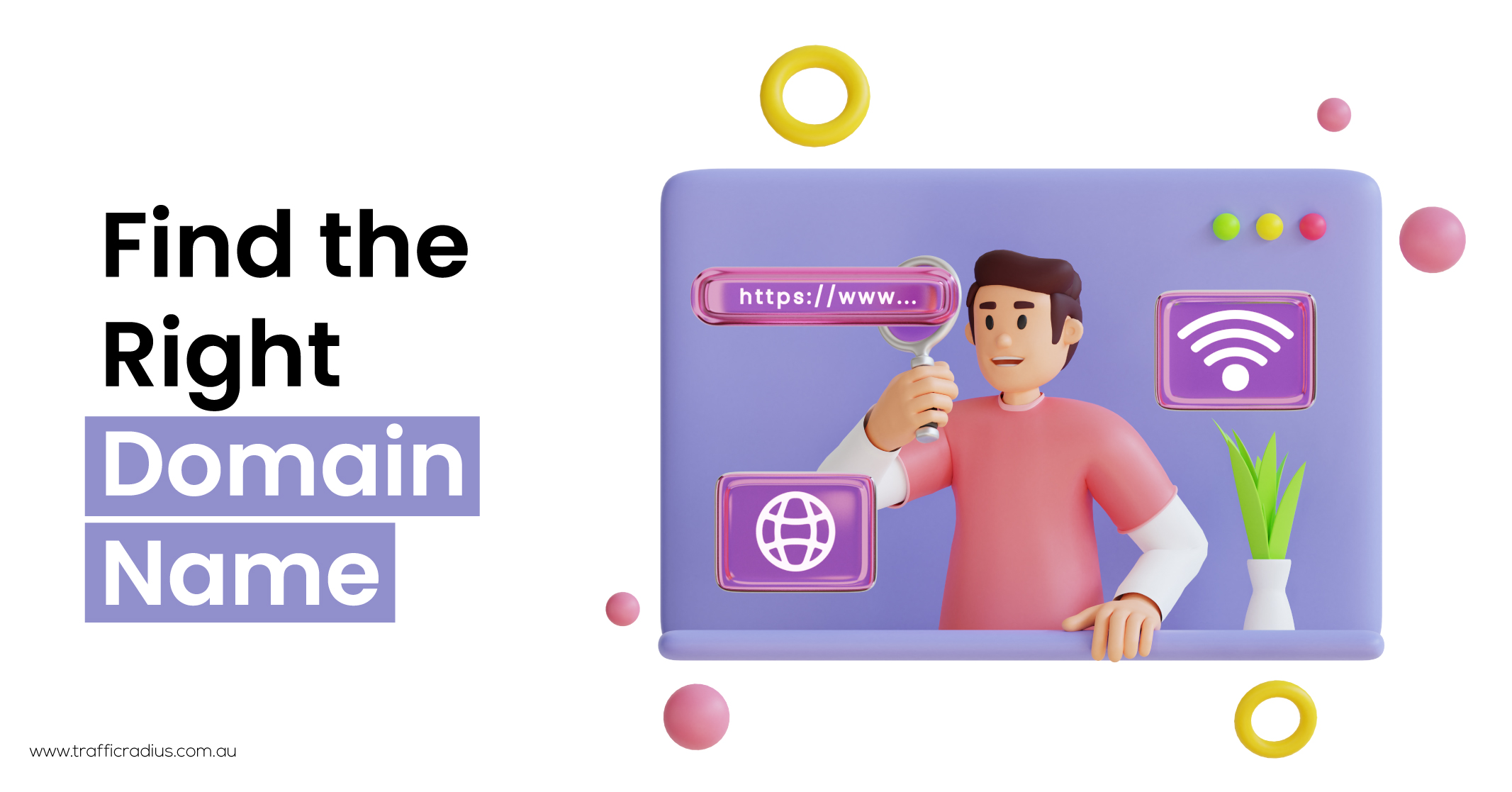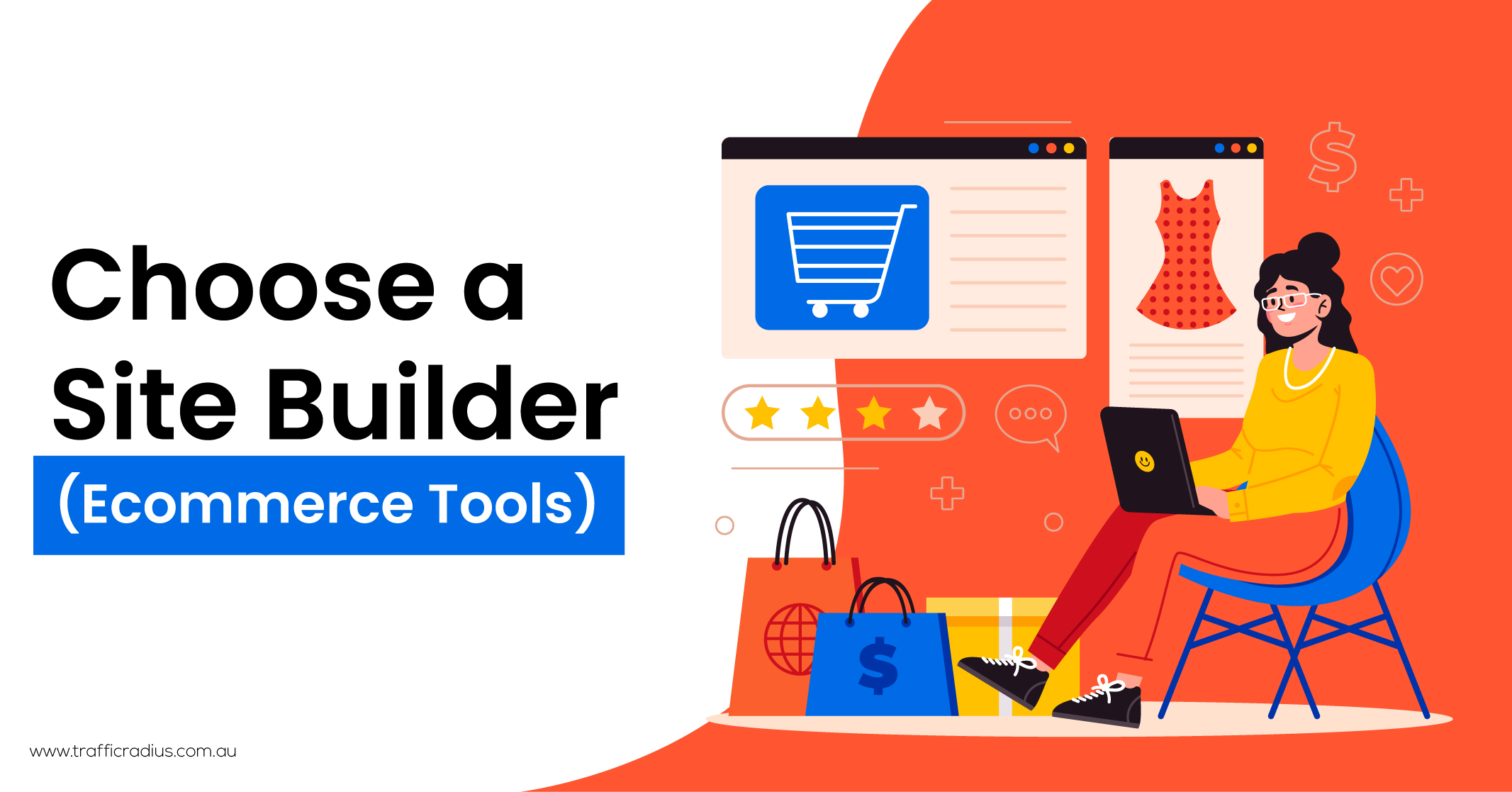I hope you enjoy reading this blog post.
If you want to get more traffic, Contact Us

Click Here - Free 30-Minute Strategy Session
Be quick! FREE spots are almost gone for this Month. Free Quote

If you’re seeking a customer-focused website for your e-commerce website and venture or contemplating starting one, now is the perfect moment to take action! The ecommerce industry has experienced remarkable growth, with sales surging by 50% during the pandemic, reaching an astounding $870 billion valuation. This rapid expansion makes diving into the world of ecommerce an incredibly profitable opportunity.
In this comprehensive guide, we will walk you through seven essential steps to launch your very own ecommerce website. Furthermore, we’ll delve into the top-notch ecommerce tools available to business owners like you, enabling you to establish and monitor your website’s triumphs. So, let’s embark on this exciting journey without delay!

Click Here – Free 30-Minute Strategy Session
Be quick! FREE spots are almost gone for this Month

Before diving into selecting a domain, name or adding products to your best e-commerce website design it’s vital to lay the foundation with a well-thought-out e-commerce marketing strategy. This comprehensive strategy encompasses several crucial components:
1. Business Goals and Objectives: Clearly define your business objectives to steer your ecommerce website in the right direction.
2. Key Performance Indicators (KPIs): Identify essential metrics to measure your site’s performance and success.
3. Content Marketing Strategy: Devise a compelling content plan to engage your audience and drive traffic.
4. Site Content Calendar: Organise your content creation and publication schedule to maintain consistency.
5. Social Media, Email, and Promotion: Strategies for how to utilize social media and email marketing to promote your website effectively.
Creating this overarching strategy marks the initial and most crucial step in your ecommerce journey. Take ample time for ideation and consider investing in the necessary resources to execute the plan seamlessly.
If you find that your in-house capabilities fall short in certain areas, don’t hesitate to explore outsourcing options. For instance, you can delegate content creation to an agency or content marketplace to ensure high-quality output.

A domain name plays a crucial role in defining your website’s identity. It’s the part of your URL that represents your business and what it stands for.
For instance, a well-known retailer like Urban Outfitters keeps its domain name straightforward and easily recognisable.
However, finding the perfect domain name might require some creativity, especially if your business name includes popular terms that are already taken. This situation may lead you to explore alternative options to secure an available domain.
To discover the best domain name for your ecommerce business, thorough research is essential. You can directly approach domain name registrars like Google Domains or GoDaddy or utilise tools like Instant Domain Search for efficient domain name exploration.
When crafting your domain name, consider the following:
1. Incorporate your business name, if possible.
2. Provide visitors with an idea of your business’s offerings or products.
3. Ensure it is memorable for your customers and prospects.
Many ecommerce businesses opt to create their domain name through their chosen ecommerce site builder. In the next step, we will delve into the details of this process.
By adhering to these guidelines, you can establish a compelling and unique domain name that represents your ecommerce business effectively.
Learn More: Ecommerce Marketing Strategy Tips

If you were worried about the daunting task of building an ecommerce site from scratch, fret not! The great news is that there are dedicated site-building companies, like Shopify, entirely focused on simplifying this process.
Curious about how it all works? We’ve teamed up with Shopify to offer ecommerce businesses an exclusive 14-day free trial of their exceptional services.
With Shopify, you gain access to a comprehensive range of business solutions, spanning from domain name creation to seamless site-building and point-of-sale services.
Shopify proudly showcases successful site builds from some of their satisfied clients, demonstrating the platform’s reliability and effectiveness.
Once you’ve chosen the site builder that aligns perfectly with your ecommerce business needs, you can dive into customizing your website and adding your products.
Embrace this opportunity to embark on your ecommerce journey with ease and confidence, empowered by the incredible resources offered by Shopify.
The distinctive feature that sets ecommerce websites apart is the substantial volume of products and related content required to enhance customer experience and assist them in finding what they need.
While the idea of dumping all products with brief descriptions onto one page might be tempting, it hampers user experience and negatively impacts search engine rankings. To ensure a smooth browsing experience and earn favour with search engines, creating well-organized product categories tailored to customers’ preferences is essential.
Let’s explore Nomz.com, a snack food website built using Shopify, as an example. Nomz skillfully organises its diverse range of snack products into intuitive categories, making navigation quick and effortless.
To create a compelling ecommerce website, it’s crucial to craft engaging and informative product descriptions for each item you offer. Moreover, if you plan to incorporate a blog (highly recommended!), establish a content calendar to deliver helpful and relevant posts targeted with relevant keywords. Nomz’s blog serves as an excellent model, covering industry-specific topics such as healthy snacking, featuring recipes, and sharing facts about popular nutritious snacks. This type of content not only keeps customers engaged but also drives them to explore product pages and make purchases.
With all your site content, including product descriptions, blog posts, about page, and contact information, carefully customised and optimised, you’re ready to move forward to the next stage of the process to successfully build your ecommerce site.
If you’re using a user-friendly site builder like Shopify, this next step will be relatively straightforward, although it may require some time and effort.
When adding your products to create an ecommerce site, ensure that you provide comprehensive and detailed descriptions, highlighting the unique features and benefits. Additionally, high-quality and visually appealing images of the products, along with showcasing available variations in colours and sizes, will enhance the overall shopping experience for your customers.
A great example can be seen on PolyandBark.com, a Shopify-built website, which offers thorough product descriptions and showcases various colour options for each product.
Once you’ve successfully added all your products to the ecommerce site, the next critical step is to ensure a seamless payment and delivery process, allowing your customers to have a smooth and hassle-free shopping experience.
When it comes to setting up point-of-sale (POS) and online payment processing systems, there are various options available. If you decide to create your website using a platform like Shopify, you’ll have the opportunity to choose your preferred payment processing method during the initial site build or as part of a comprehensive builder platform subscription. Additionally, Shopify offers the convenience of hiring an expert to handle the setup process on your behalf.
For U.S.-based businesses using Shopify, there are numerous payment options to accept transactions, ranging from popular choices like PayPal, QuickBooks Payments, to major credit cards like Visa and Mastercard.
When it comes to shipping, the first step is to determine whether your business will cater to international or domestic customers. For international shipping, it’s essential to familiarise yourself with customs regulations for each destination country.
For domestic shipping, setting up a USPS account allows you to manage shipping prices manually. Alternatively, platforms like Shopify simplify the process by automatically populating USPS shipping rates as part of your subscription. The advantage of this method is that you don’t need additional carrier accounts; simply provide the dimensions and weights of your products and ensure you have a compatible shipping label printer.
By utilising such comprehensive tools and methods, you can create a website with a seamless payment and shipping experience, delivering an excellent shopping journey for your customers. To further enhance your ecommerce success, consider implementing effective Ecommerce Marketing Strategies to reach and engage your target audience effectively.
Learn More: Strategies to Generate Your First E-Commerce Sale on a Budget
The final step in creating your website is to conduct thorough testing to ensure seamless functionality across all pages. Employing reporting and monitoring tools will enable you to achieve a successful website that yields a strong return on your investment.
Begin by meticulously visiting each page to verify that all links are functioning correctly, leaving no broken links behind. Test the entire conversion process by purchasing several products using a dummy account to ensure a smooth customer experience without any issues.
Additionally, confirm that your site notifications are set up accurately to receive order fulfilment details and customer contact information promptly.
Once you’re confident in the flawless operation of your site, focus on setting up essential tools and reporting systems to maintain its peak performance. Properly configuring your website’s Google Analytics account is crucial as it provides invaluable traffic data to measure success and establish Key Performance Indicators (KPIs). Meanwhile, Google Search Console helps you verify whether your site is appropriately indexed in Google’s search results, among other insights.
By diligently following these steps and employing effective Ecommerce Marketing Strategies, you can build an exceptional ecommerce website that attracts, engages, and converts visitors, fostering long-term success and growth for your business.
Building an ecommerce site is an exhilarating aspect of running a business, and it doesn’t have to be overwhelming. With the right tools and expertise in site building, you can swiftly create a polished and fully functional website.
What’s even better is that you don’t need to commit to a specific builder or tool immediately. Begin your journey with Shopify’s 14-day free trial, allowing you to explore and understand your site’s requirements better. After gaining insights into your website’s needs, you can confidently choose the site builder and subscription plan that perfectly align with your objectives.
Throughout the process, the key focus should always be on your customers. Ensure that once they land on your domain name, they have a positive experience and can easily find what they are looking for. By creating a user-friendly and customer-centric website, you pave the way for an exceptional and highly successful ecommerce venture.

LEAVE A REPLY